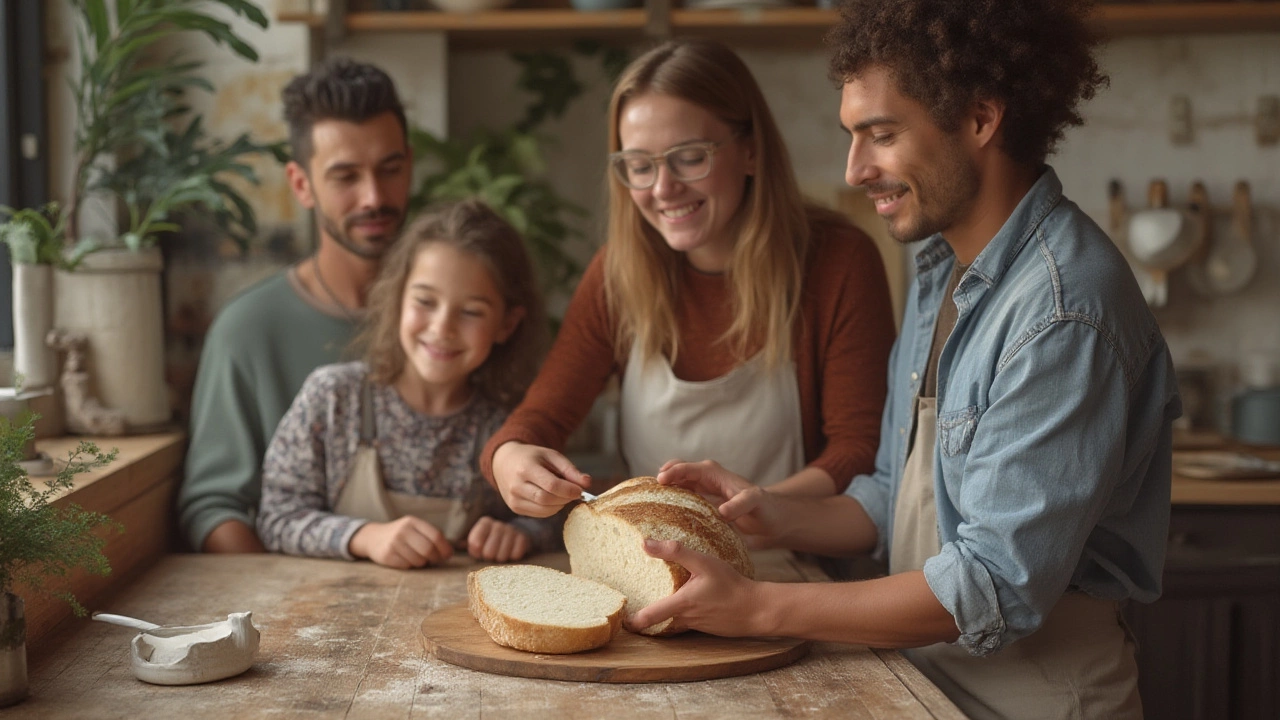
Is Sourdough Bread Gluten-Free? What You Need to Know
Diving into whether sourdough bread is gluten-free or safe for those with celiac, with real-world tips and easy-to-understand science.
If you avoid gluten, you still want cakes that rise, brownies that stay fudgy, and toppers that look sharp. The good news? You don’t need a chemistry degree to get great results. Below you’ll find the basics you need, plus quick tricks that work every time.
Many people skip gluten for health reasons, but the same flavors and textures can be kept. Using the right flour blend is the biggest game‑changer. A mix of rice flour, tapioca starch, and a pinch of xanthan gum mimics wheat’s structure without the gluten. This combo gives you a steady crumb and stops cakes from crumbling.
Another reason to go gluten‑free is versatility. Once you master a few swaps, you can adapt almost any recipe. Want a classic brownie? Replace regular flour with a gluten‑free blend and add a little extra egg for binding. The result stays chewy and chocolatey, just like the original.
1. Choose the right flour blend. Pre‑made blends work, but you can create your own. A common ratio is 1 cup rice flour, 1/2 cup potato starch, 1/2 cup tapioca starch, and 1 tsp xanthan gum. Mix well before using.
2. Add extra moisture. Gluten‑free flours absorb more liquid. Increase the liquid in the recipe by about 10‑15 %. For a cake batter, add a splash of milk or a little extra oil.
3. Use a binder. Eggs are the easiest binder, but you can also use flaxseed meal mixed with water (1 tbsp flax + 3 tbsp water = 1 egg). This keeps the crumb together.
4. Don’t overmix. Once the dry ingredients are folded in, stop. Overmixing can make the texture tough, even without gluten.
5. Let batter rest. Give the mixed batter a 10‑minute pause. This lets the starches hydrate, which improves texture and rise.
Our Gluten Free Baking Secrets post walks through these steps in detail and offers a list of trusted flour brands. You’ll also find a cheat sheet for swapping common ingredients.
Need inspiration for toppings? Try our red‑car cake toppers, which work perfectly on any gluten‑free cake. They’re lightweight, easy to place, and add a fun touch without extra crumbs.
Want a quick recipe? Start with our gluten‑free chocolate brownie. Use the flour blend above, add an extra egg, and bake at 350 °F for 20‑25 minutes. The brownies stay fudgy and don’t fall apart when you cut them.
Remember, practice makes perfect. Test one recipe, note the texture, and adjust flour or liquid as needed. In no time you’ll have a whole library of gluten‑free treats that taste just like the originals.
Ready to bake? Grab your favorite blend, follow these tips, and enjoy cakes that are both delicious and safe for a gluten‑free lifestyle.

Diving into whether sourdough bread is gluten-free or safe for those with celiac, with real-world tips and easy-to-understand science.
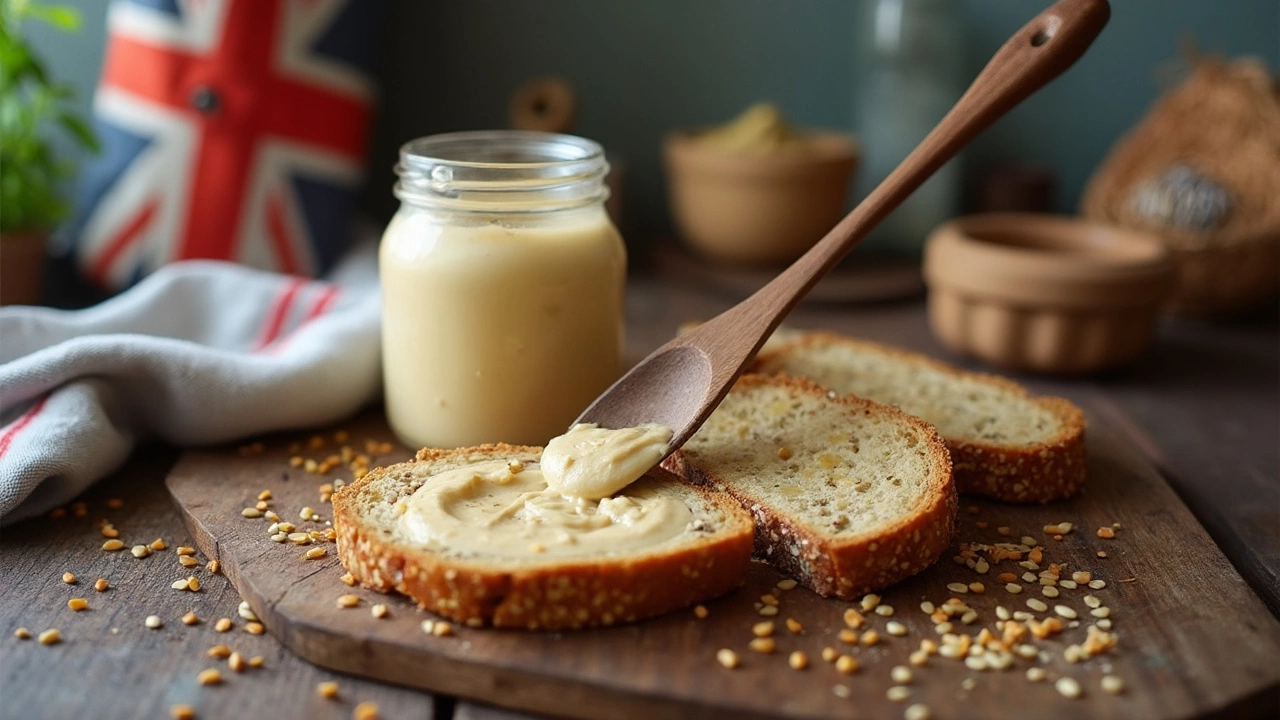
Curious if tahini is gluten-free? Get the facts about sesame paste, how it’s made, cross-contact risks, and tips for eating it safely on a gluten-free diet.
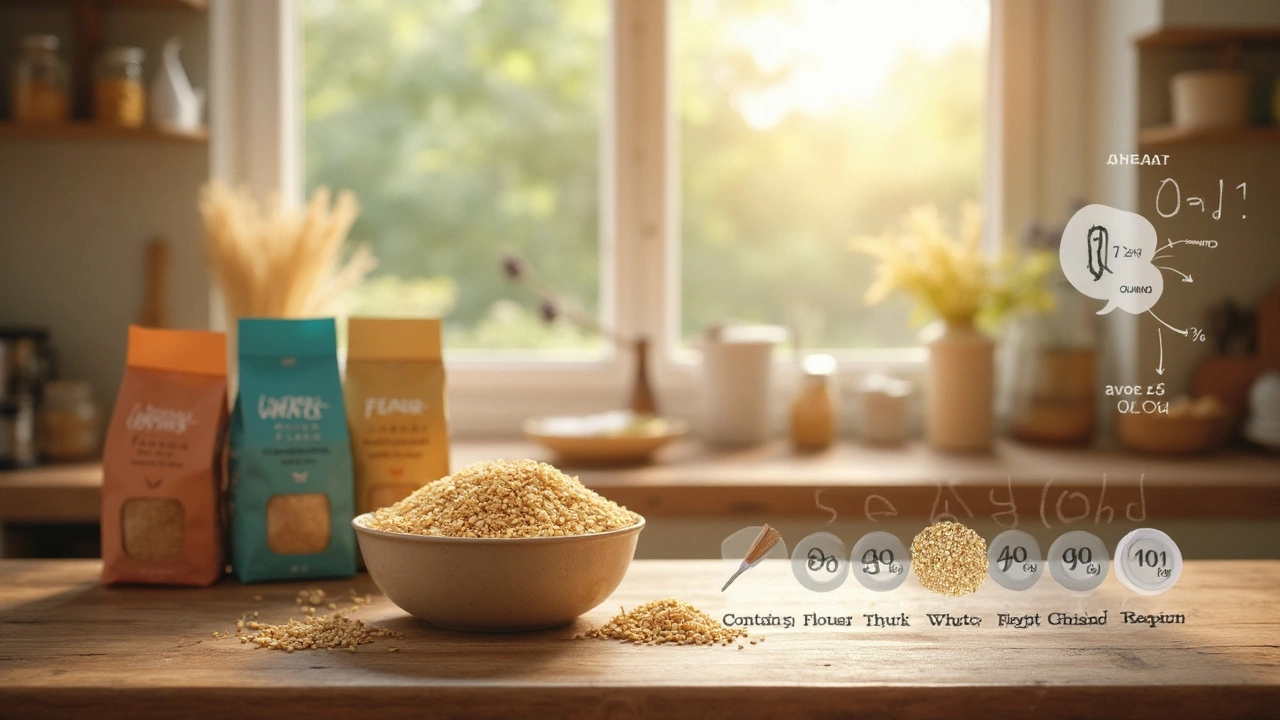
Wondering if couscous is gluten-free? This article breaks down what couscous is, whether it’s safe for people with gluten intolerance or celiac disease, and how it fits into gluten-free baking. You’ll find tips for picking safe alternatives and learn how cross-contamination sneaks in. Get the facts and some clever swaps so you don't miss out on your favorite dishes.
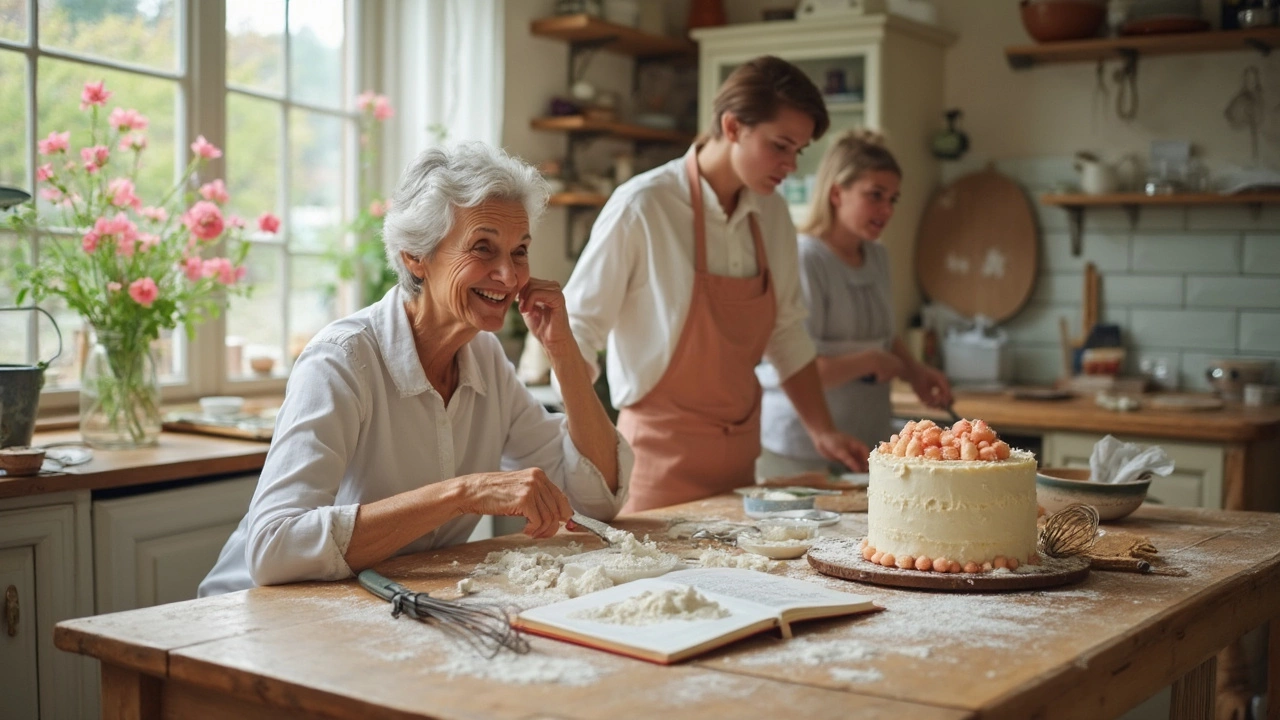
Gluten-free cake baking gets tricky when you’re swapping out gluten flour. This article breaks down the best alternatives for replicating the texture and structure that gluten gives to cakes. You'll see how each substitute behaves in the oven and what you can do to make your cakes taste and look just right. There are tips for boosting flavor and texture without using gluten. Baking gluten-free cakes doesn’t have to be complicated with the right info.

Wondering if you can use cornstarch in your gluten-free cakes? This article breaks down whether cornstarch is truly gluten-free, what to watch out for on labels, and how it works in cake recipes. You'll find out about cross-contamination risks and get helpful tips to make your baking safe and tasty. Skip the confusion and get real answers for gluten-free baking.

Potatoes are a staple, but do they contain gluten? This article explores whether potatoes are safe for people who need to avoid gluten, especially if you love baking gluten-free cakes. Learn which forms of potatoes to trust, which to be careful with, and get simple tips to keep your kitchen safe. Find out how potatoes can be your secret weapon for light, fluffy, gluten-free treats. No fluff, just the facts and practical ideas you can use right now.

Wondering if potatoes are gluten-free and if they belong in your next gluten-free cake? This article breaks down what you need to know about potatoes, gluten, and how you can safely use potatoes or potato flour in your gluten-free baking. Find out about cross-contamination, hidden gluten risks, and why potatoes make cakes extra soft. You’ll also get clever baking tips to help you make light, fluffy cakes without worrying about gluten. Get ready to unravel potato myths and bake with confidence.
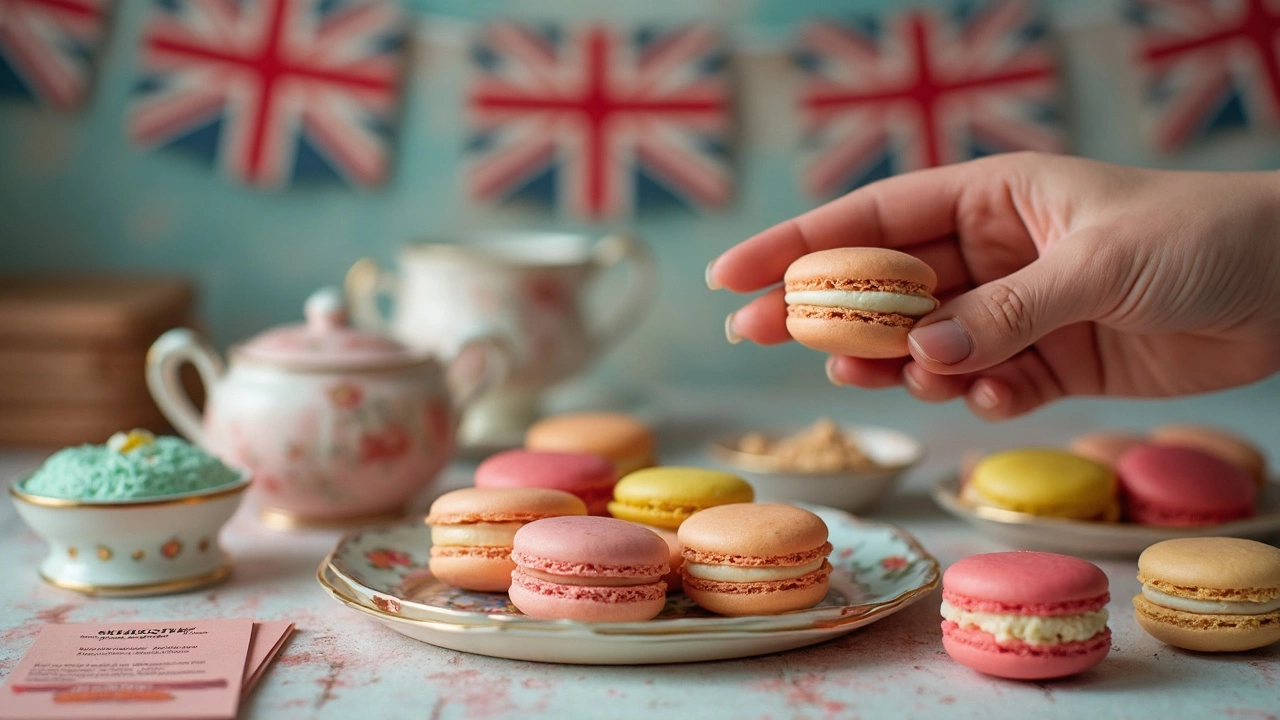
Wondering if macarons are gluten-free? This article breaks down the ingredients of macarons, explains cross-contamination risks, and shares tips for enjoying them safely if you're sensitive to gluten. You’ll also learn how to spot safe macarons at bakeries and some quick tricks for making them at home. Get all the info you need to enjoy these colorful treats without the worry.
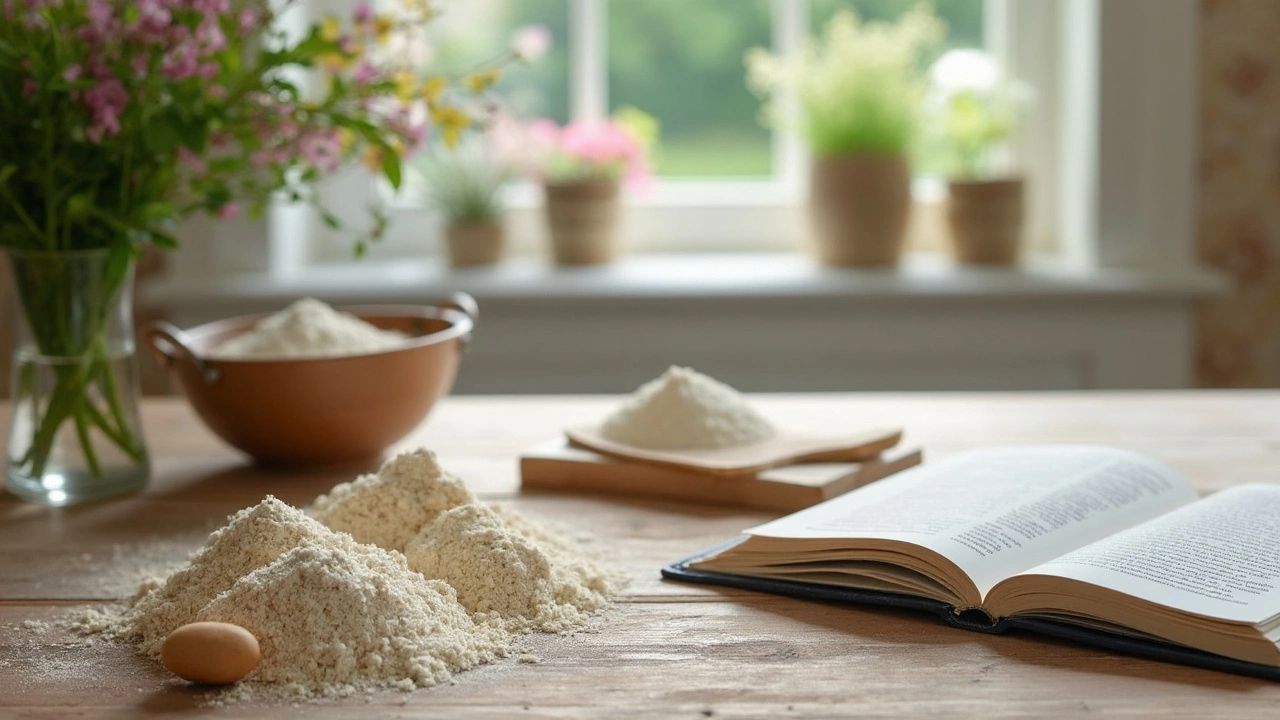
Are you thinking about cutting gluten from your diet and not sure what to expect? We unravel what happens to your body when you ditch gluten. From changes in digestion to improved energy levels, find out how shifting to a gluten-free lifestyle might transform your health. Plus, if you're worried about missing out on cakes and other baked goodies, we've got some tips for delicious gluten-free options.
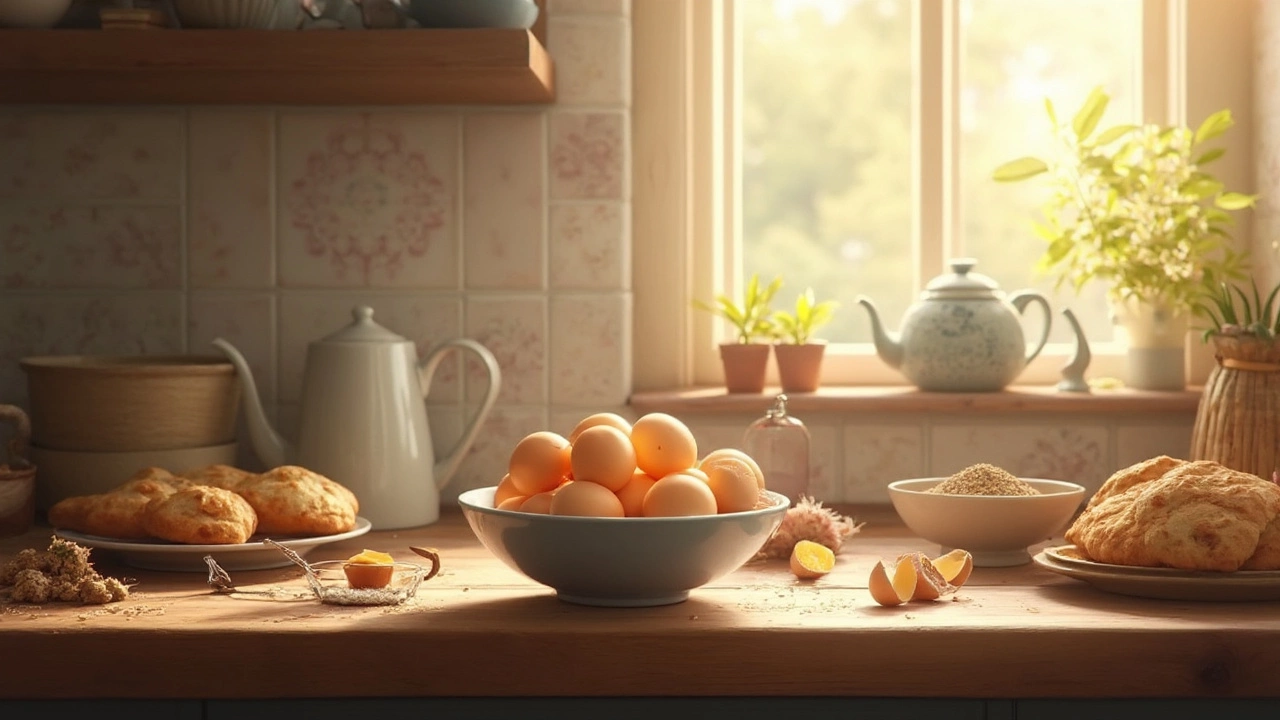
When diving into the world of gluten-free baking, people often wonder if all ingredients, like eggs, are naturally gluten-free. This article explores whether eggs contain gluten and how they fit into a gluten-free diet. Additionally, it offers useful tips for using eggs in gluten-free cake recipes. Discover essential insights and practical advice for crafting delicious cakes without compromising dietary needs.
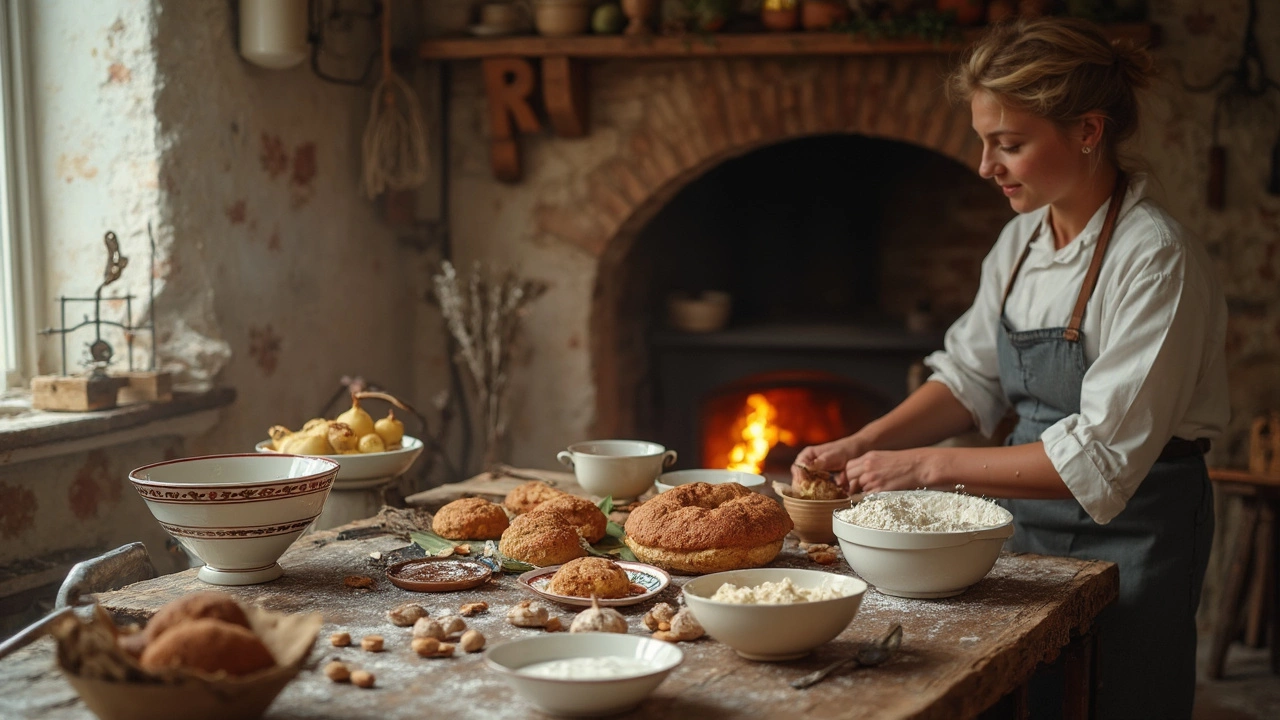
Wondering if Greek yogurt is gluten-free? This is especially important for those baking gluten-free cakes. We dive into what makes Greek yogurt a great ingredient for gluten-free baking and how you can ensure it remains safe for those with gluten sensitivities. Plus, we share tips on choosing the best yogurt for your delicious gluten-free creations.
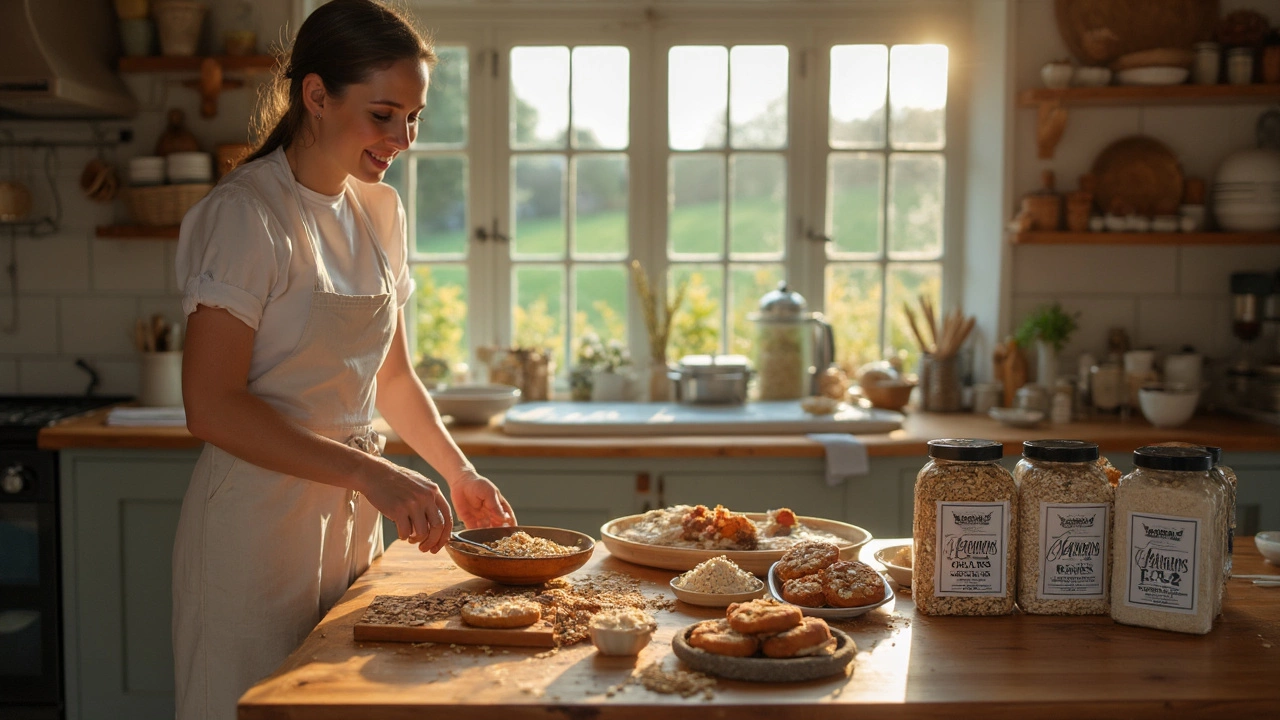
Wondering if oats are safe for your gluten-free cake recipes? While naturally gluten-free, oats often face cross-contamination issues during processing. Understanding labels and buying from trusted brands can help ensure their safety. Dive into tips and tricks to enjoy oats in your gluten-free lifestyle.